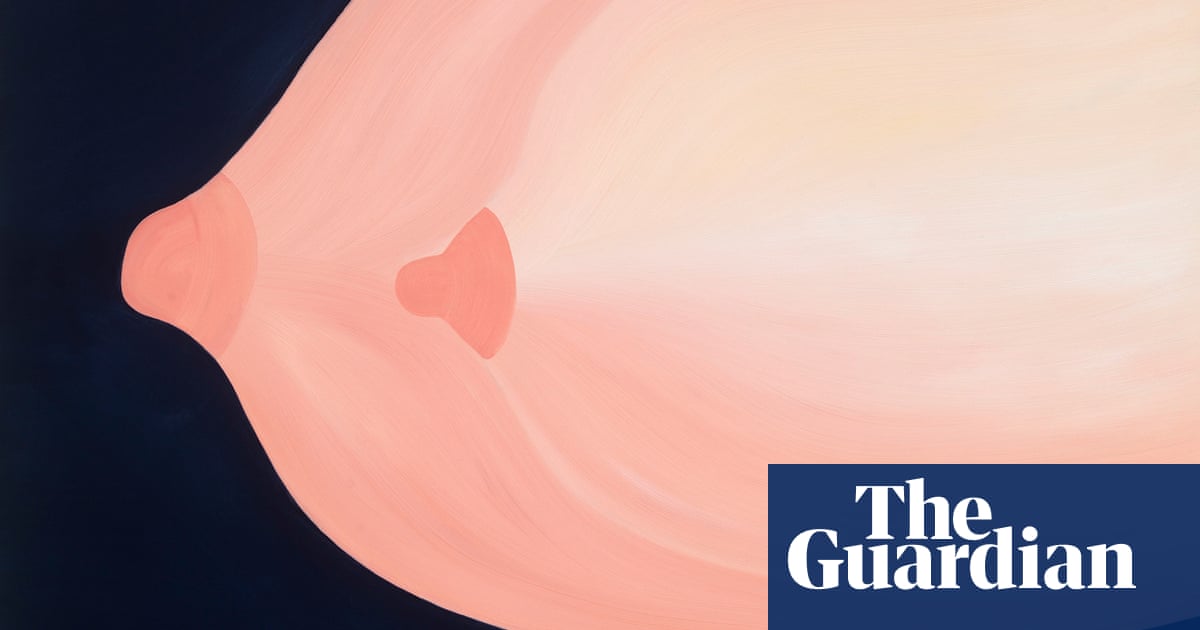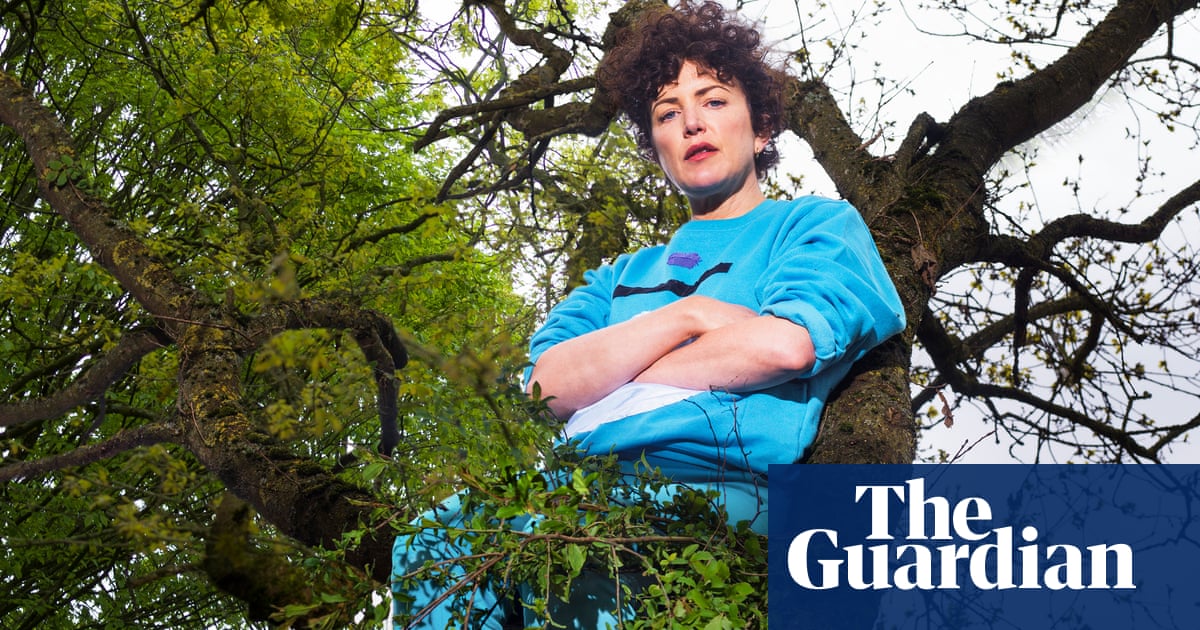
This photo of a pandal or marquee was taken on my phone from the car window as we passed through Dover Terrace in south Kolkata, India. Dover Terrace is a middle- and upper-middle-class area, but just over here there’s a slum. So the Kali Puja festivities, which this marquee was at the centre of, were primarily participated in by working-class people who anyway treat parts of the road as their drawing room, so that cars need to negotiate this brief, congested stretch regardless of whether it’s hosting festivities.
The main festival in West Bengal is not Kali Puja but Durga Puja, which takes place in late September or early October. It celebrates the mother goddess Durga’s advent with her children into the world for a week, after which she returns to Kailash (the peak in the Himalayas where she lives with her husband, Shiva). She’s visiting her father’s house, and then, like all married women, must return to the house she shares with her husband. The festival’s other mythic narrative has to do with Durga vanquishing a demon, Mahishasura, who threatens to destroy the world; Durga, 10-armed, and bearing weapons, rides a lion and tramples the demon underfoot. The festival is a mix of triumphal adoration (Durga’s victorious slaying of the demon) and, increasingly, as it draws to a close, a sense of valediction (the daughter must, again, leave the house she grew up in).
A great deal of inventiveness has informed the Durga Pujas, especially in the past 40 years: the pandal is often a fantasy building that resembles a famous landmark (a pyramid, say, or an ancient temple), or the entire temporary edifice itself becomes an installation. The demon may reference a political figure. The lighting outside, a bright, animated series of panels, is a pamphlet or bulletin: it may cite remarkable cultural or political events that took place that year.
The Kali Puja takes place about a month later, usually coinciding with Diwali. Though small-scale in comparison, it draws on the same kind of artistic licence. Its myth is that Kali, Durga’s black, eccentrically crazed incarnation, is on the warpath in order to rid the world of evil: another session of cosmic spring-cleaning. In neighbourhoods, we see yet again the conceptual play with lights, marquees and clay images.
In Dover Terrace, the unprepossessing pandal was made to look like an Aadhaar card – the unique identity card now deemed indispensable for Indian citizens – and is controversial for that reason. This one has the essential details required for one “Maa Kali”, including “name of husband: Mahadev” (another name for Shiva), and her address: “Kailash Parbat, Top Floor/ Near Mansarovar Lake”, a mythic address plausibly resembling an urban one (Kailash Parbat is also a sweet shop in Mumbai). The Bengali words on the bottom right, sadharan manusher adhikar (“every ordinary person’s right”), remind us, movingly, that the Aadhaar card is potentially empowering. The entrance to the marquee on the left frames the clay image within and serves as an ID photo. Kali is, in this way, affectionately seized, humanised, even politicised.
The pandal, like much of the festive efflorescence, arises from a comedy that has informed Hindu iconography for millennia. Kali with her tongue sticking out is often explained in Bengal by the accompanying story: on a rampage to rid the world of evil, she was in danger of destroying it. To subdue her, Shiva lay down in her path; when she realised she’d stepped on her husband, she bit her tongue in embarrassment. In India the story, like the image capturing that awkward moment, always raises a smile and induces the affectionate recognition with which we view what is both flawed and familiar; the colonial-Orientalist-Christian response, on the other hand, focused on the image being terrifying. It was Allen Ginsberg, speaking of Durga’s son, the elephant-headed Ganesha, who saw this mythic imagination for what it is, “such a sophisticated, quixotic, paradoxical combination of the human and the divine”.
The pata or sacred watercolours made outside the Kali temple in what was then Calcutta in the 19th century took this humanisation of divinity a step further, giving the gods not only a familial obstreperousness, but turning them into residents of a new colonial phenomenon, the city of Calcutta. In those pictures made by anonymous artists, Durga’s other son, the divine dandy Kartik, wears buckled shoes and has a Prince Albert haircut. The art historian Jyotindra Jain draws our attention to the way one patua (artist) depicts a pot-bellied Shiva with Ganesha in his arms, out on an evening stroll with his family like any ordinary (sadharan) family in Calcutta at the time. Today’s pandals, which are intricate but ephemeral, lasting for only as long as each festival does, carry forward the legacy of the pata in exploring new ways of showing us how those who live for ever also live among us now.
Amit Chaudhuri is the author of eight novels, including Sojourn; his nonfiction works include Finding the Raga












